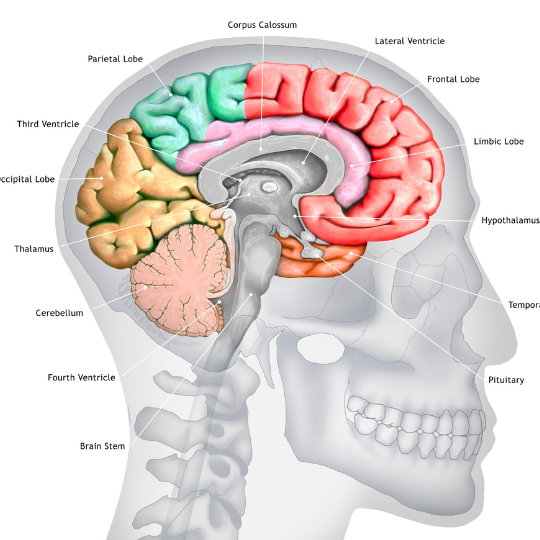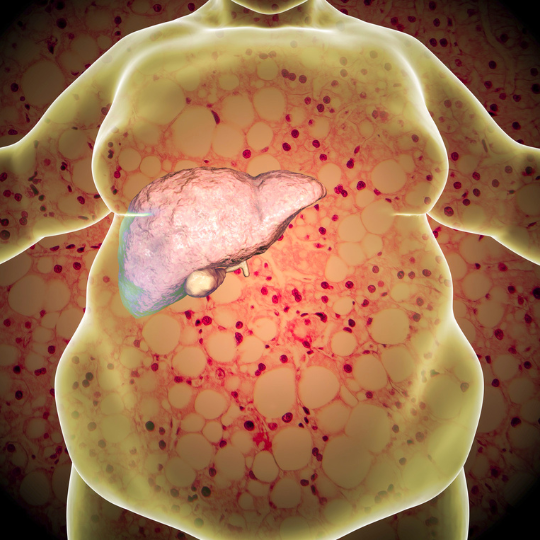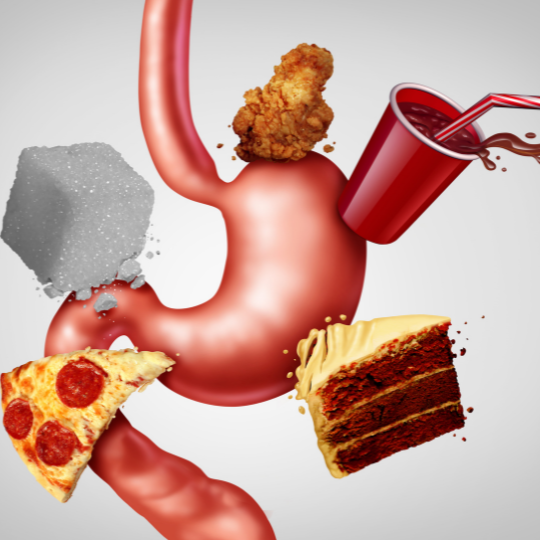Some genetic semantics: Genes’ ARE & Nrf2 functions
The Antioxidant Response Element (ARE) is a key component of the body’s antioxidant defense system, and it is controlled by a protein called Nrf2 (Nuclear Factor Erythroid 2-related factor 2). Nrf2 is a transcription factor that regulates the expression of a variety of genes involved in antioxidant defense and detoxification.
One of the key functions of Nrf2 is the regulation of iron sequestration. Iron is essential for many biological and immune defense processes, but it can also contribute to oxidative stress when it is not properly regulated, hence the need for a tightly controlled iron metabolism. Nrf2 activates the expression of ferritin, a protein that sequesters excess iron and prevents it from contributing to oxidative stress, when not needed by elementary body processes.

Nrf2 also plays a role in the production and utilization of glutathione, a powerful antioxidant that helps to protect cells from oxidative damage. Nrf2 activates the expression of enzymes involved in the synthesis of glutathione, as well as enzymes that help to regenerate it after it has been used up.
In addition to its role in antioxidant defense, Nrf2 also plays a role in the detoxification of harmful substances, such as quinones. These are produced by the breakdown of certain chemicals and can be toxic to cells. Nrf2 activates the expression of enzymes that help to detoxify quinones and prevent them from causing harm.
Another important function of Nrf2 is the regulation of thioredoxin production and utilization. Thioredoxins are small proteins that play a key role in the reduction of disulfide bonds, which helps to maintain the proper conformation of proteins and prevent oxidative stress. Nrf2 activates the expression of thioredoxin and enzymes that help to regenerate it after it has been used up.
Finally, Nrf2 plays a role in the production of NADPH (nicotinamide adenine dinucleotide phosphate), a molecule that is involved in a variety of biological processes, including antioxidant defense. NADPH is produced through the pentose phosphate pathway, and Nrf2 activates the expression of enzymes involved in this pathway.
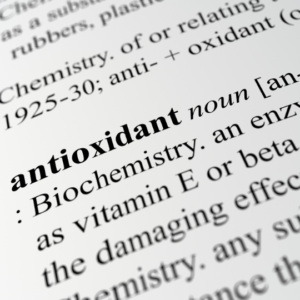
Key genes ARE impacting… apologize: Key genes impacting ARE
No, you’re not wrong, Nrf2 is really important. It is the master antioxidant regulator of the body and you need it to be top notch, for you to be protected against cellular oxidation. There are several genetic predispositions that can affect the antioxidant role of Nrf2 in the body:
- One of these is a single nucleotide polymorphism (SNP) in the NFE2L2 gene, which encodes Nrf2. This SNP can affect the activity of Nrf2 and may increase the risk of certain diseases
- Another SNP that can affect Nrf2’s antioxidant role is in the KEAP1 gene, which encodes a protein that negatively regulates Nrf2, meaning it decreases Nrf2 activity when it is over-expressed. Other SNPs in KEAP1 can cause Nrf2 to be more active, which may conversely increase the risk of certain diseases
- There are also SNPs in the FH gene, which encodes an enzyme involved in the synthesis of NADPH. A SNP in this gene can affect the activity of the enzyme and may affect the production of NADPH, which is controlled by… you guessed it: Nrf2.
What can you do?
Certain supplements may be helpful in regulating the antioxidant impact of Nrf2. For example, supplements such as sulforaphane, a compound found in cruciferous vegetables, and curcumin, a compound found in turmeric, have been shown to activate Nrf2 and increase the expression of antioxidant and detoxification enzymes. Other supplements that may be helpful in regulating Nrf2 include resveratrol, quercetin, and EGCG (epigallocatechin gallate), a compound found in green tea.
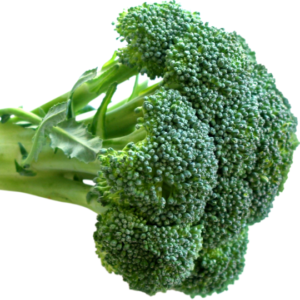
However, we recommend first to have your relevant genes checked so you know what genetic baseline you are working against. Or rather for. Because any behavioural or supplementation protocol needs to be adjusted to one’s exact genetic and metabolic demands. To learn more about what we do, take a look at our genetic and metabolic optimization approach. And try not to oxidize while reading it.


